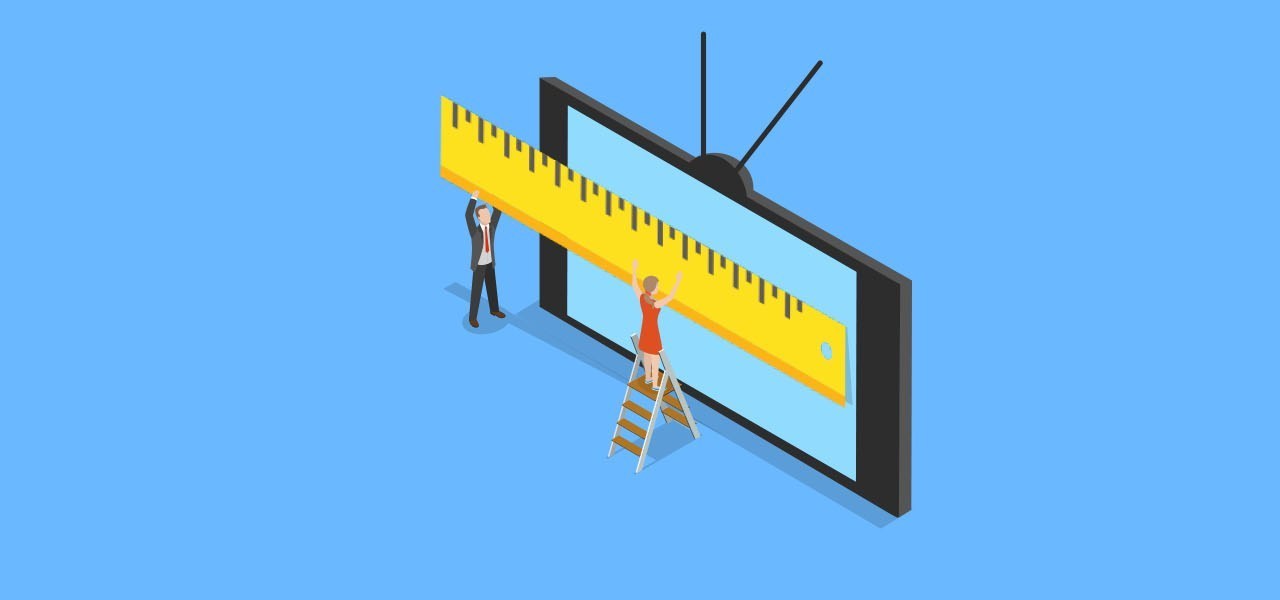Explainer: How retail brands are building fractional attribution models

Attribution has been a sore spot for brands, especially those that are diversifying their marketing mixes, for years. There are many different methods to figuring out attribution. One that’s increasingly popular is “fractional attribution.”
And for so-called DTC brands, who are now diversifying their ad spend beyond Facebook and Google, they’re more likely to allocate their marketing dollars based on a fractional attribution model instead of last-click or click-based attribution model.
But the switch isn’t just as simple as opening up a new tab in Google Analytics. Brands who use a fractional attribution model have to have a solid understanding of the purchasing journey of their typical customer, and how to structure tests when trying to figure out what new marketing models to add to the mix.
What does fractional attribution mean?
Let’s say a shopper is looking to buy a new dress for a wedding. She decides on a certain dress after two different friends recommended it to her. Friend 1 recommended it to her a couple of weeks ago, but they don’t have a close relationship and the shopper isn’t sure if she trusts her fashion sense. But when Friend 2 — whose style the shopper loves — recommends the same dress, she immediately goes to the brand’s website and hits buy.
Which friend was more responsible for the purchase — Friend 1, who was the first person to recommend the dress, or Friend 2, whose is viewed as a more “trusted source” by the shopper? That’s what fractional attribution seeks to figure out.
Basically, fractional attribution calls for different marketing channels to receive different forms of “credit” in ultimately convincing the person to buy.
“If a user first saw an ad on Facebook, then went to Google and searched for a coupon, and then ultimately converted from a coupon site, which channel was the most important in converting that customer?,” Evan Woods, head of growth for DTC pet food brand Ollie said in an email. “Last touch attribution would say the coupon site, but a DTC marketer might say that anyone who uses a coupon already is primed to make a purchase — why else would they search for a coupon?”
Ad position: web_incontent_pos1
I feel like I’ve heard about this before, but under a different name.
In practice, fractional attribution is the most common form of multi-touch attribution. Some marketers will use the terms interchangeably, as they both have a similar goal: to give credit to multiple marketing channels, not just one. But with fractional attribution, the key differentiator between it and other attribution models is that its rooted in the premise that not all marketing channels have equal value.
Do I need to start using fractional attribution right now?
According to Jeremy Gurewitz, vice president of growth for Imperfect Produce, there’s no exact benchmark that brands should use to determine whether or not the time is right to start using a fractional attribution model. But, he said that if about more than $1 million a year on advertising, it’s probably time to start using something other than one of Google Analytics’ built-in attribution models. Companies can either turn to a vendor that sells attribution software, or create their own fractional attribution model in-house.
I want to do this. What do I need to do to build a fractional attribution model?
Gurewitz and Woods both say that companies that want to build their own fractional attribution model need to have a solid understanding of the customer journey — how long does it typically take a customer to purchase after visiting your website or signing up for your email list for the first time? What about after seeing a Facebook ad for the first time?
Companies that want to build a fractional attributional model in-house also need to have implemented a variety of ways to attempt to measure the effectiveness of traditional or offline media channels, where you can’t measure clicks. Gurewitz has a few suggestions of ways to do so: custom promo codes, vanity urls (“visit imperfectproduce.com/tv to place your first order”), post-purchase surveys asking customers to say how they first heard about a company, and/or checking for spikes in website traffic if a company knows an exact time when a TV or podcast ad ran.
This, in addition to tracking clicks from Facebook, Google and other digital marketing channels, will give companies a better sense of which channels are the most responsible for ultimately convincing a customer to purchase.
Ad position: web_incontent_pos2
Lastly, you also have to make sure that you have the resources to do this — that will vary depending on the company, but you might expect to rope in both data scientists and marketers who have the time to work on building a fractional attribution model.
OK, my team has built a fractional attribution model we’re happy with. Is our work done?
While some DTC brands might feel the need to constantly iterate with their attribution model to say if Pinterest or Snapchat should be given more credit for driving purchases, Gurewitz said that “the reality is being thoughtful about structuring your media tests is going to pay off more than trying to come up with the perfect attribution model.”
He says that as companies test out new marketing channels that they are considering dedicating more marketing dollars to, they need to be very strict in documenting internally exactly what their hypothesis is — what channel they are testing, how much they want to spend, and how much revenue they would typically expect to bring in during the testing period, to know whether or not spending more on a new channel will bring in higher than expected revenue.
“There is always sort of a tradeoff in [bigger] experimentation vs. narrow experiments where there is small risk, small reward,” Gurewitz said.

